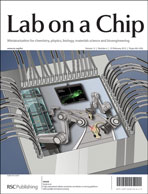
Fully automated cellular-resolution vertebrate screening platform with parallel animal processing
Tsung-Yao Chang, Carlos Pardo-Martin, Amin Allalou, Carolina Wählby and Mehmet Fatih Yanik
DOI: 10.1039/C1LC20849G

Microfabricated passive vapor preconcentrator/injector designed for microscale gas chromatography
Jung Hwan Seo, Sun Kyu Kim, Edward T. Zellers and Katsuo Kurabayashi
DOI: 10.1039/C2LC20932B
The issue also features a whole host of hot articles on topics from education to droplets, which will be free to access for 4 weeks:
Education: a microfluidic platform for university-level analytical chemistry laboratories
Jesse Greener, Ethan Tumarkin, Michael Debono, Andrew P. Dicks and Eugenia Kumacheva
DOI: 10.1039/C2LC20951A
Self-propelling surfactant droplets in chemically-confined microfluidics – cargo transport, drop-splitting and trajectory control
David K. N. Sinz and Anton A. Darhuber
DOI: 10.1039/C2LC21082G
Droplet-based microfluidic device for multiple-droplet clustering
Jing Xu, Byungwook Ahn, Hun Lee, Linfeng Xu, Kangsun Lee, Rajagopal Panchapakesan and Kwang W. Oh
DOI: 10.1039/C2LC20883K
Quick genotyping detection of HBV by giant magnetoresistive biochip combined with PCR and line probe assay
Xiao Zhi, Qingsheng Liu, Xin Zhang, Yixia Zhang, Jie Feng and Daxiang Cui
DOI: 10.1039/C2LC20949G
Rapid prototyping of three-dimensional microfluidic mixers in glass by femtosecond laser direct writing
Yang Liao, Jiangxin Song, En Li, Yong Luo, Yinglong Shen, Danping Chen, Ya Cheng, Zhizhan Xu, Koji Sugioka and Katsumi Midorikawa
DOI: 10.1039/C2LC21015K
Ultrahigh sensitivity assays for human cardiac troponin I using TiO2 nanotube arrays
Piyush Kar, Archana Pandey, John J. Greer and Karthik Shankar
DOI: 10.1039/C2LC20892J
Also, take a look at the latest article in our acoustofluidics series – Building microfluidic acoustic resonators.











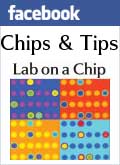
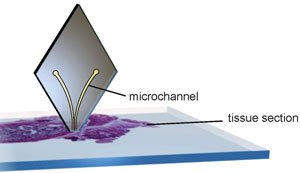
 The recent LOC article from Douglas Weibel and team at the University of Wisconsin-Madison has been highlighted on MedGadget. The article describes a new portable self-loading technology for determining minimum inhibitory concentration values, vital in clinical bacteriology for determining whether an organism is reported susceptible or resistant.
The recent LOC article from Douglas Weibel and team at the University of Wisconsin-Madison has been highlighted on MedGadget. The article describes a new portable self-loading technology for determining minimum inhibitory concentration values, vital in clinical bacteriology for determining whether an organism is reported susceptible or resistant.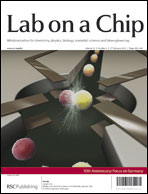 We are delighted to publish another in our series of
We are delighted to publish another in our series of 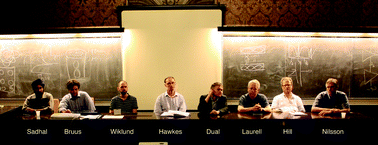 A little while ago Henrik Bruus, Jurg Dual, Jeremy Hawkes, Martyn Hill, Thomas Laurell, Johan Nilsson, Stefan Radel, Satwindar Sadhal and Martin Wiklund met at the International Centre for Mechanical Sciences in northern Italy to give a lecture series on the theory and applications of ultrasonic standing wave technology and microfluidics. Out of this the idea for a series of tutorial papers was born, and Lab on a Chip is delighted to bring you the first few in the series:
A little while ago Henrik Bruus, Jurg Dual, Jeremy Hawkes, Martyn Hill, Thomas Laurell, Johan Nilsson, Stefan Radel, Satwindar Sadhal and Martin Wiklund met at the International Centre for Mechanical Sciences in northern Italy to give a lecture series on the theory and applications of ultrasonic standing wave technology and microfluidics. Out of this the idea for a series of tutorial papers was born, and Lab on a Chip is delighted to bring you the first few in the series: